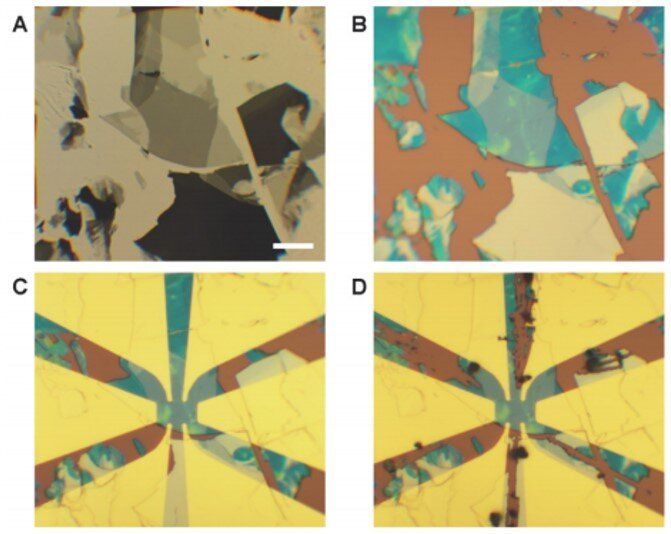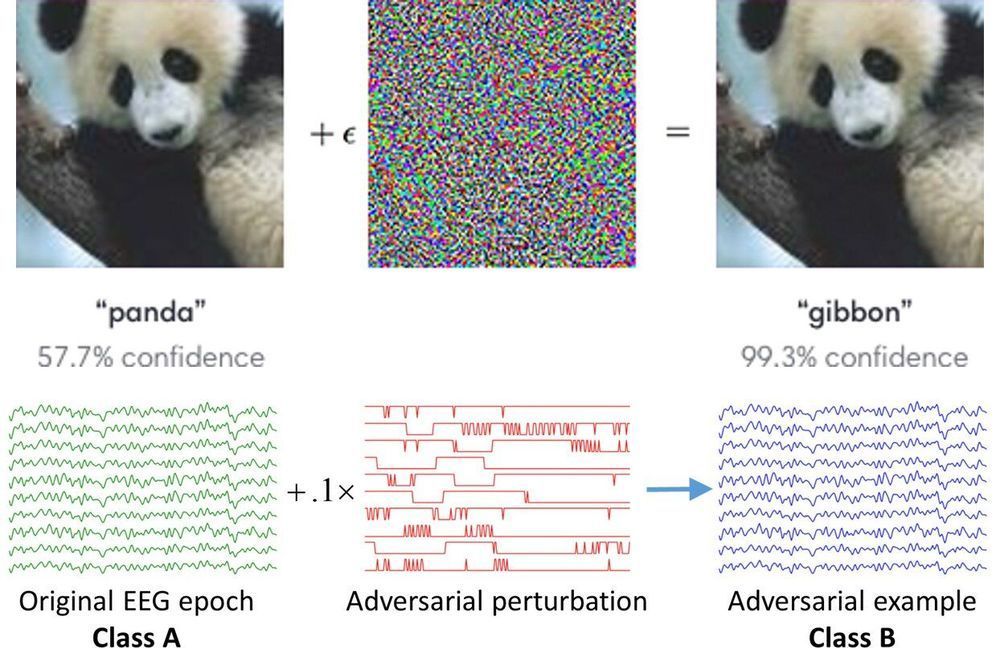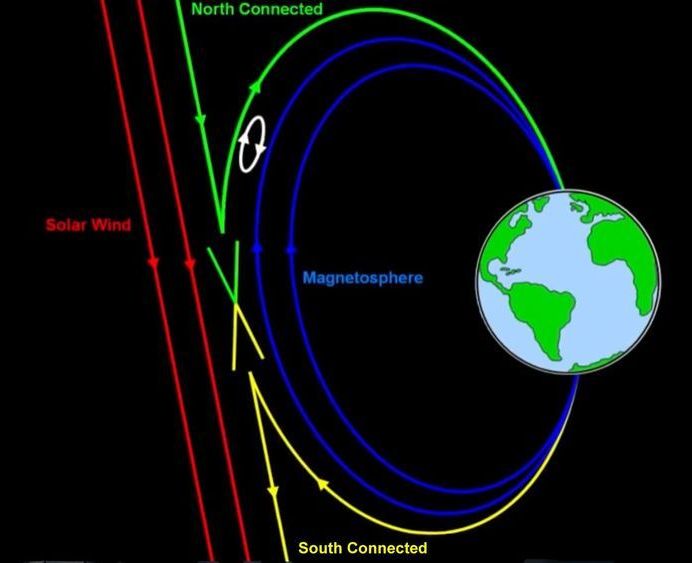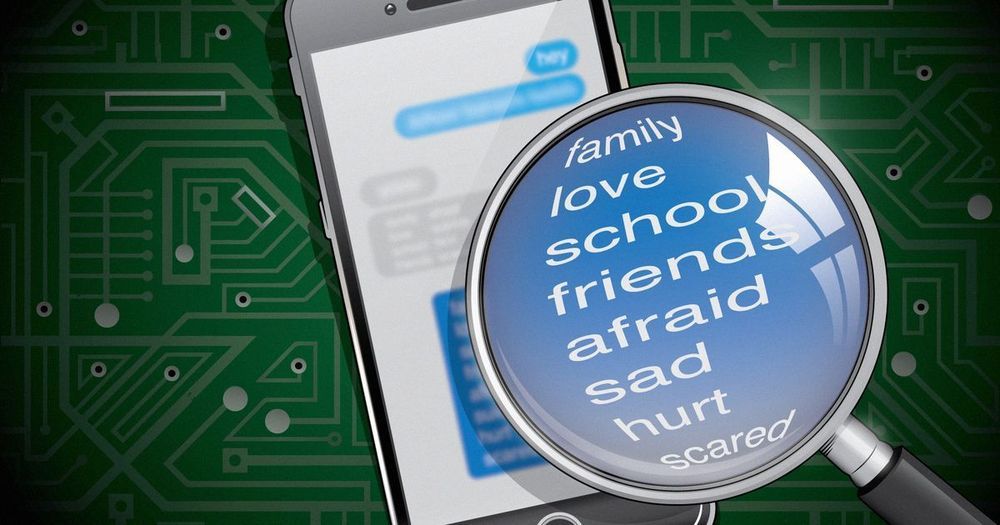Page 7484
Feb 14, 2020
Iran Unveils Its Most Advanced Humanoid Robot Yet
Posted by Omuterema Akhahenda in category: robotics/AI
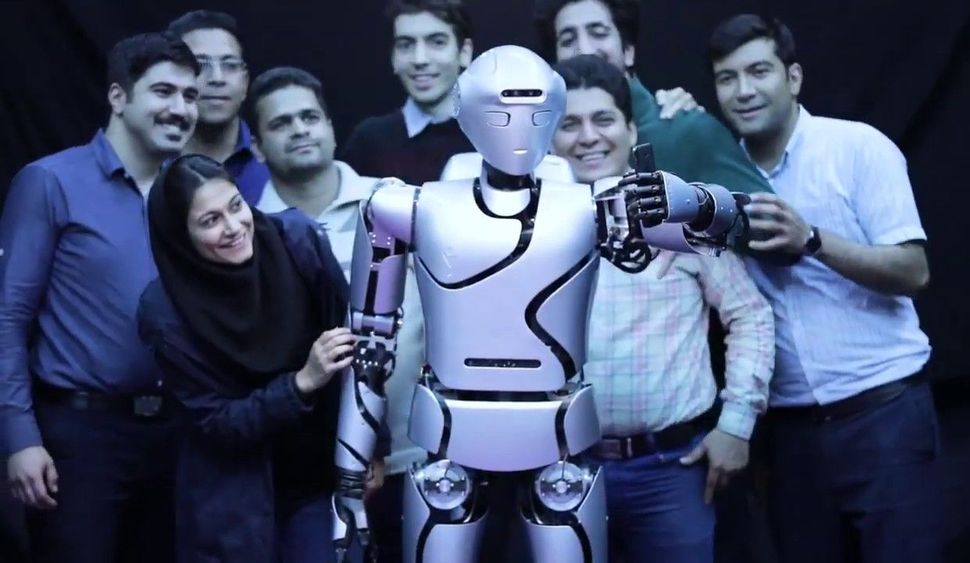
Meet Surena IV, an adult-size humanoid built by University of Tehran roboticists.
A little over a decade ago, researchers at the University of Tehran introduced a rudimentary humanoid robot called Surena. An improved model capable of walking, Surena II, was announced not long after, followed by the more capable Surena III in 2015.
Continue reading “Iran Unveils Its Most Advanced Humanoid Robot Yet” »
Feb 14, 2020
Light Sails and Supernovae Can Help Us Reach the Speed of Light
Posted by Gerard Bain in category: cosmology
When Betelgeuse explodes, there’s nothing stopping another civilization from surfing the supernova with a light sail.
By Brad Bergan
Feb 14, 2020
Quantum anomalous Hall effect in intrinsic magnetic topological insulator
Posted by Saúl Morales Rodriguéz in categories: computing, quantum physics
Nontrivial band topology can combine with magnetic order in a magnetic topological insulator to produce exotic states of matter such as quantum anomalous Hall (QAH) insulators and axion insulators. An aim of condensed matter physics is to find new materials with useful properties and apply quantum mechanics to study them. The field has allowed physicists to better understand the uses of magnets for hard disk data storage, computer displays and other technologies. The recent discovery of topological insulators have attracted broad interest and researchers predict that the interplay between ferromagnetism and the topological insulator state can realize a range of exotic quantum magnetic phenomena of interest in fundamental physics and device applications.
In a new report, Yujun Deng and a research team at the departments of physics and quantum matter physics in China, probed quantum transport in a thin flake MnBi2Te4 topological insulator, with intrinsic magnetic order. The ferromagnetic layers coupled anti-parallelly to each other in the atomically thin MnBi2Te4 layered van der Waals crystal. However, the sample became ferromagnetic when it contained an odd number of septuple layers. The research team observed the zero-field QAH effect in a five-septuple-layer specimen at 1.4 Kelvin. The results established MnBi2Te4 as an ideal platform to explore exotic topological phenomena with spontaneously broken time-reversal symmetry. The work is now published on Science.
Topological materials distinctly contain topologically protected quantum states that are robust against local distresses. For instance, in a topological insulator (TI) such as bismuth telluride (Bi2Te3), the bulk band topology can guarantee the existence of two-dimensional (2-D) surface states with gapless Dirac dispersion. By introducing magnetism into the initially time-reversal invariant topological insulators (TIs), scientists can induce profound changes in their electronic structure. For example, to experimentally observe the QAH effect in chromium-doped (Bi, Sb)2Te3, physicists had to precisely control the ratio of multiple elements in a non-stoichiometric material. Fine-tuning the material required reconciling conflicting demands and therefore, researchers had to precisely quantize the anomalous Hall effect only at temperatures up to T = 2 K, far below the Curie temperature and exchange gap in the material.
Feb 14, 2020
Study unveils security vulnerabilities in EEG-based brain-computer interfaces
Posted by Saúl Morales Rodriguéz in categories: information science, robotics/AI, security
Brain-computer interfaces (BCIs) are tools that can connect the human brain with an electronic device, typically using electroencephalography (EEG). In recent years, advances in machine learning (ML) have enabled the development of more advanced BCI spellers, devices that allow people to communicate with computers using their thoughts.
So far, most studies in this area have focused on developing BCI classifiers that are faster and more reliable, rather than investigating their possible security vulnerabilities. Recent research, however, suggests that machine learning algorithms can sometimes be fooled by attackers, whether they are used in computer vision, speech recognition, or other domains. This is often done using adversarial examples, which are tiny perturbations in data that are indistinguishable by humans.
Researchers at Huazhong University of Science and Technology have recently carried out a study investigating the security of EEG-based BCI spellers, and more specifically, how they are affected by adversarial perturbations. Their paper, pre-published on arXiv, suggests that BCI spellers are fooled by these perturbations and are thus highly vulnerable to adversarial attacks.
Feb 14, 2020
3D Printing Is Changing the World | VICE on HBO
Posted by Derick Lee in categories: 3D printing, transportation

3D-printing innovations in recent years have brought a sea change in the fabrication of everything from automobile parts to human bio-tissues.
VICE’s Krishna Andavolu delves into the cutting-edge research behind what’s being called the next industrial revolution, meeting the scientists and entrepreneurs pushing the boundaries of manufacturing, material science, and even space exploration.
Continue reading “3D Printing Is Changing the World | VICE on HBO” »
Feb 13, 2020
Pallas Is So Heavily-Cratered That It Resembles An Asteroidal Golf Ball
Posted by Bruce Dorminey in category: futurism
Feb 13, 2020
Hidden Portals in Earth’s Magnetic Field
Posted by Brent Ellman in category: space travel
A favorite theme of science fiction is “the portal”—an extraordinary opening in space or time that connects travelers to distant realms. A good portal is a shortcut, a guide, a door into the unknown. If only they actually existed…
It turns out that they do, sort of, and a NASA-funded researcher at the University of Iowa has figured out how to find them.
“We call them X-points or electron diffusion regions,” explains plasma physicist Jack Scudder of the University of Iowa. “They’re places where the magnetic field of Earth connects to the magnetic field of the Sun, creating an uninterrupted path leading from our own planet to the sun’s atmosphere 93 million miles away.”
Feb 13, 2020
This emoji could mean your suicide risk is high, according to AI
Posted by Genevieve Klien in category: robotics/AI
Crisis Text Line used artificial intelligence to pinpoint the things people text when they’re thinking of suicide.
Feb 13, 2020
Northrop Grumman to develop jam-resistant payload for U.S. military communications satellites
Posted by Genevieve Klien in categories: military, satellites
WASHINGTON — Northrop Grumman was awarded a $253.5 million contract by the U.S. Space Force to develop a cyber-secure communications payload that could be deployed on a military or commercial satellite.
The U.S. Space Force’s Space and Missile Systems Center announced Feb. 12 that Northrop Grumman was the first vendor selected to build a prototype payload under the Protected Tactical Satellite Communications (PTS) program that the U.S. Air Force started in 2018.
As many as four prototype payloads will be funded under the PTS program. Two payloads will be selected to launch in 2024 for on-orbit demonstrations that will last three to five years.


